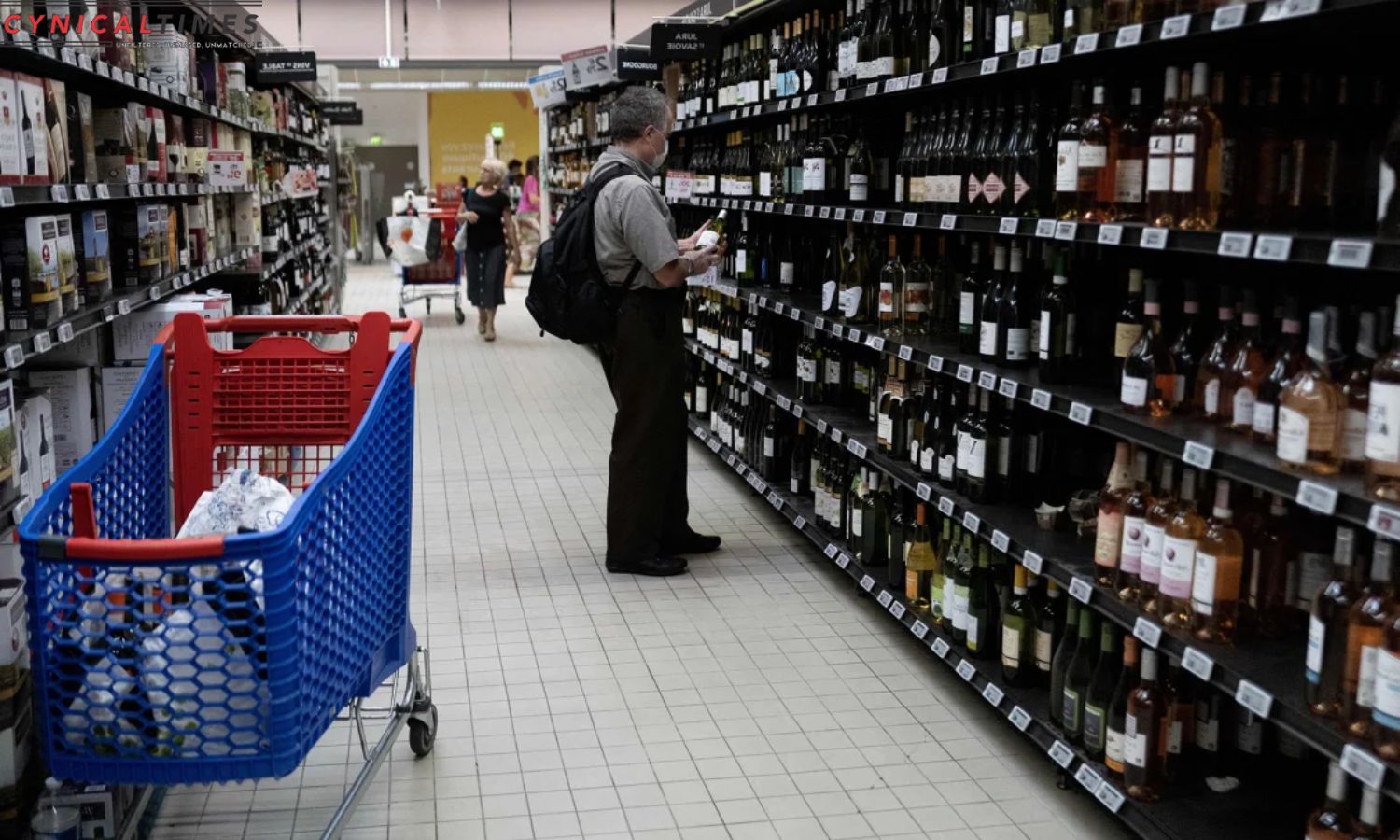Vintage Vagaries European Winemakers: In the sun-drenched town of Gratallops in Spain, Jordi Ustrell, the interim CEO of Celler Devinssi, watches as his vineyard’s once-lush plants struggle to produce half of their usual 15,000 bottles of wine. It’s a familiar story for many European winemakers grappling with extreme and unseasonable weather, high input costs, and declining consumption.
The International Organisation for Vine and Wine (OIV) predicts that global wine production will hit its lowest level since 1961, attributing this decline to soaring temperatures and extraordinary flooding. Italy and Spain, the world’s top two producers in 2022, are expected to see drops of 12% and 14%, respectively.
Giogio Delgrosso, head of statistics at OIV, emphasizes the “tremendous” impact of climate change on wine production. What used to be occasional disruptions to abundant harvests have turned into yearly challenges due to more frequent extreme weather events.
In Gratallops, where rain has been scarce for about two years, Ustrell’s vines are under severe stress. Cabernet Sauvignon, a variety traditionally grown in France’s Bordeaux region, has seen a substantial decline this year. To address water shortages, local wineries, including Celler Devinssi, have formed an association to lobby for improved irrigation.


Also Read: Trump Legal Battle: Defying Convention and Facing New Boundaries
Across the border in France, the issue is the opposite: a surplus of wine. The country is on track to become the world’s largest producer this year, surpassing Italy. However, excess supply has led to decreased prices, prompting a joint €200 million ($217 million) buyback scheme to alleviate the situation.
French winemakers, facing falling prices and rising input costs, have expressed their frustration by protesting against imports from Spain. The clash reflects the broader challenges in the wine industry, where climate change, economic pressures, and shifting consumer habits are reshaping the landscape.
The impact of climate change is not uniform. While European winemakers are struggling, the United States, the fourth-largest global producer, expects a 12% increase in output this year. Rising temperatures have transformed regions like Oregon into top wine-producing areas.
As wine consumption globally declines by about 6% between 2017 and 2022, winemakers are adapting to survive. Some are turning to alternative crops, while others contemplate selling or abandoning vineyards altogether. The uncertainty and challenges faced by the industry, from Bordeaux to Gratallops, paint a complex picture of an age-old tradition grappling with modern disruptions.

